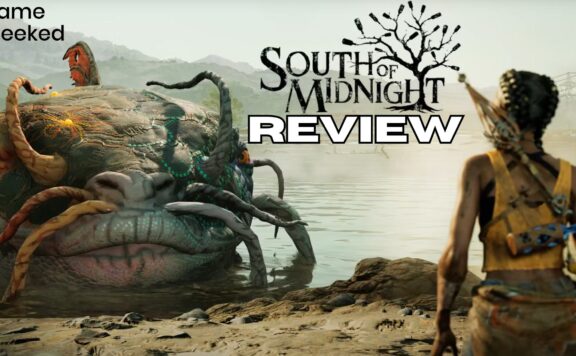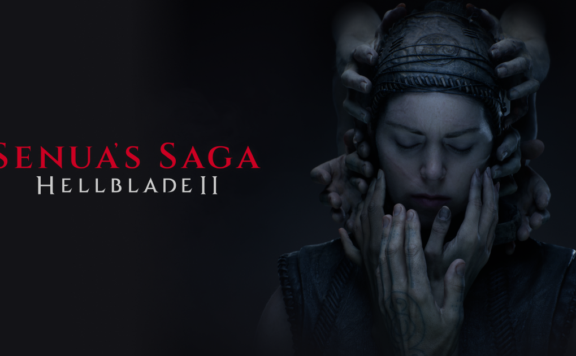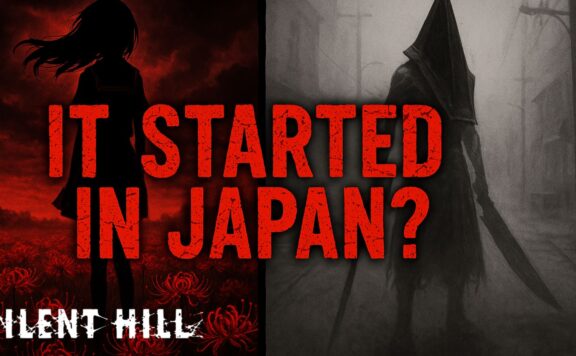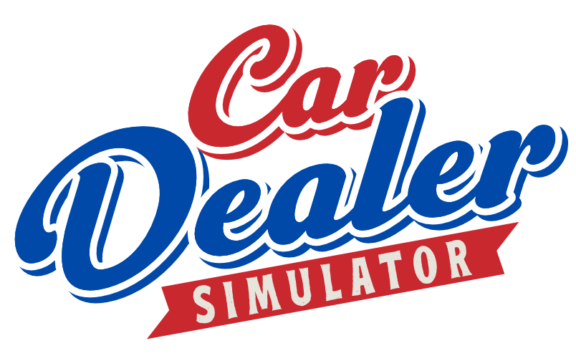Picture this: Scarface and Miami Vice had a pixelated love child, then handed it a chainsaw and the keys to a Lamborghini. That’s Grand Theft Auto: Vice City (GTA Vice City) in a nutshell and it just might be the greatest thing Rockstar Games ever created before they lost their mojo.
Watch the full video here!
The Neon-Soaked Magic of GTA Vice City
Rewind to 2002. The PlayStation 2 ruled supreme and gamers were still buzzing from GTA III’s grayscale crime sandbox. Then Rockstar dropped Vice City, and it was like someone poured a gallon of liquid synthwave all over your favorite crime spree.
This wasn’t just “GTA III with a tan.” This was a whole vibe. Miami in the ’80s? Chef’s kiss. The neon signs, the pastel suits, the cocaine references thinly veiled as “special imports”, it felt like a crime documentary directed by Lisa Frank after a three-day energy drink bender.
And that soundtrack? Game-changing. Before GTA Vice City, licensed music in games was a flex. After Vice City? It became the price of admission. Seven radio stations. Nine hours of certified bangers. You haven’t truly lived until you’re mowing down pedestrians in a stolen Testarossa while Hall & Oates croons that you’re “Out of Touch.” It’s cheaper than therapy, I swear.
Then there’s Tommy Vercetti, voiced by Ray Liotta, who reportedly hated every minute in the recording booth (but you’d never know it). Unlike Claude from GTA III with his vow of silence, Tommy had actual personality. He was a hot-headed, one-liner-dropping, pastel-wearing nightmare—and we ate it up like candy-coated chaos.
The Perfect Criminal Balance
GTA Vice City represented Rockstar before feature creep infected their design philosophy, before “every open-world game must include fishing, taxes, and a relationship meter with your third cousin twice removed.” It was focused. Streamlined. Fun.
The map? Smaller than San Andreas or GTA V, absolutely, but infinitely tighter. Think of it as a five-star tasting menu versus an all-you-can-eat buffet where half the options are just different types of lukewarm pasta. Every corner of Vice City had purpose. No empty deserts. No hiking simulators disguised as “immersion.” Just pure, uncut criminal chaos.
The missions struck that perfect balance between creativity and playability. Not yet buried under “fail the mission if you blink at the wrong timestamp” rules. Vice City handed you an objective and essentially said: “Figure it out, you magnificent criminal mastermind.” Want to drop explosives from a helicopter? You do you. Prefer to snipe a target from a blimp? Respect the hustle.
And the property-buying mechanic? Revolutionary. You weren’t just some random thug doing odd jobs for pocket change—you were building a criminal empire with actual real estate. The Malibu Club. The film studio. Pole Position (wink wink). Each acquisition opened new missions, new revenue streams, and new story beats. It wasn’t a mindless checklist, it was progression disguised as decadence. That’s not just good game design, that’s gaming poetry.
When Things Started Going Sideways
Then along came San Andreas. Let’s be clear, it was phenomenal. Three cities, RPG stats, gang wars, and jetpacks! The ambition was astronomical. But that’s precisely where the cracks began to form.
The laser focus of Vice City gave way to… well, everything. San Andreas tried to be The Sims, Call of Duty, and Tony Hawk Pro Skater all at once. One mission was a compelling gangland drama. The next had you flying a toy plane through a parking garage (still having nightmares about that one, thanks Rockstar). The tone whiplashed harder than a speed boat hitting a wave in, you guessed it, Vice City.
By the time GTA IV arrived, Rockstar had gone full mood swing. Gone was the neon. Gone was the flair. Instead, we got rain, regret, and cousin bowling invites. You’d experience an emotional war-crime flashback with Niko Bellic, and five minutes later you’d be exploiting physics glitches to launch taxis off swing sets. Rockstar wanted a gritty immigrant story, but the gameplay still screamed “Saturday morning cartoon on a sugar rush.” Tonally? A beautiful mess. Emphasis on mess.
The Modern GTA Era: All Flash, Less Soul
GTA V arrived with all the bells and whistles money could buy. Technically flawless. Massive. Gorgeous. Three playable characters. Satire so sharp you could shave with it.
But something was missing.
The characters were well-written, but none became iconic like Tommy Vercetti. The story was solid, but lacked that special sauce. The map was enormous, but felt more like a technical showcase than a place you wanted to inhabit. And then there’s the elephant in the strip club: GTA Online.
What started as a multiplayer mode morphed into Rockstar’s golden goose. A decade later, we’re still there, launching orbital cannons while dressed as alien clowns driving flying DeLoreans. GTA Online evolved from crime simulator to sci-fi fever dream fueled by microtransactions. What Vice City accomplished with vibes and immersion, GTA Online replaced with rocket bikes and griefers named xXx_PwnMaster69_xXx.
And Rockstar? They’re chasing those billion-dollar bags. Who can blame them? But somewhere along the way, the focus shifted, from crafting unforgettable narratives to selling unforgettable chaos.
🌴 FEELING THAT VICE CITY ITCH? 🌴
Ready to dust off your pastel suit and revisit the magic? Grab the Definitive Edition of Vice City and support the site while you’re at it.
Your wallet might be a little lighter, but your dopamine levels will thank you when “Billie Jean” kicks in as you tear down Ocean Drive in a stolen Infernus.
[Get the Grand Theft Auto: The Trilogy – The Definitive Edition →] PS4 or Xbox
PS: Yes, that helicopter mission is still absolute torture. Some things never change.
*Links are affiliate links. I get a small commission while you pay the same price. Think of it as buying your digital drug dealer a coffee.*
What About Red Dead and the Future?
To be fair, Red Dead Redemption 2 brought back some of that narrative magic. It’s stunning. Emotional. Arthur Morgan deserves a place in the protagonist hall of fame, right between Tommy Vercetti and your favorite character from The Wire.
But the mission design? oof.
RDR2’s commitment to realism is admirable until it breaks immersion. Want to open a drawer? Watch a five-second animation. Want to loot a room? Block off your schedule. But try to approach a mission with even a hint of creativity and, MISSION FAILED, because you walked five feet off the developer’s invisible script. It’s the illusion of freedom, not the reality of it.
Now all eyes are on GTA VI. We’ve seen the leaks. We know we’re heading back to Vice City (or some version of it). But will it recapture that old spirit? Or just offer a shinier playground with stricter rules and more microtransactions?
The Last Dance in Paradise
Vice City wasn’t perfect. The shooting mechanics were clunkier than a shopping cart with three broken wheels. The RC helicopter mission should be classified as a war crime. And Tommy Vercetti apparently never learned to swim despite living in a coastal city.
But it was Rockstar at their most daring. A time before billion-dollar expectations. Before microtransactions dominated design meetings. Before “fun” had to be buried under layers of realism.
Vice City wasn’t trying to simulate life, it was trying to simulate being Tony Montana in a fever dream after watching too much MTV. And in doing so, it defined an entire generation of gamers and set a bar that Rockstar themselves have struggled to clear ever since.
So yeah, Vice City? Peak Rockstar. Not because it did everything, but because it did the right things, and it did them with style, swagger, and zero regard for subtlety.
Am I just viewing the past through neon-tinted nostalgia goggles? Maybe. But sometimes the classics are classics for a reason. And until something comes along that captures that perfect balance of focused fun and unbridled creativity, I’ll be over here, cruising down Ocean Drive in a stolen Cheetah, blasting Tears for Fears, and remembering when Rockstar was at the top of their game.





